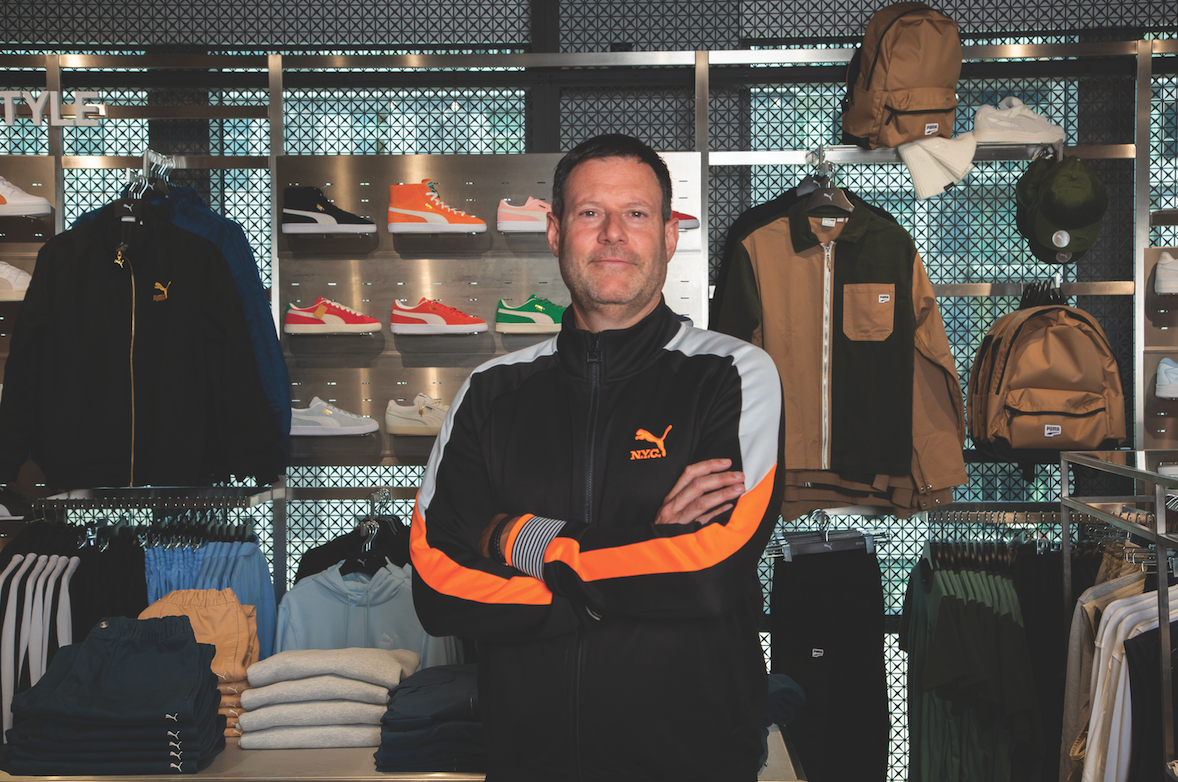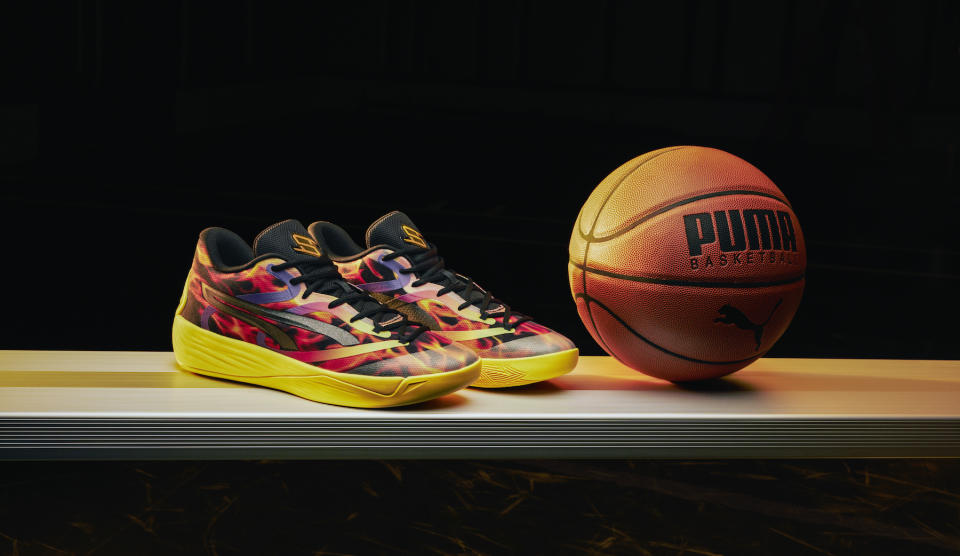How Puma’s CEO of North America Plans to Reignite Growth In the Crucial Market

Winning over the highly competitive U.S. market is a top priority for Puma. “It is the largest sports market in the world. And it’s also the most influential,” said Bob Philion, president and CEO of Puma North America.
In recent quarters, however, North America has also become one of the hardest areas for brands to crack, as inflation, soaring interest rates and recession concerns impact consumer spending. On top of that, inventory excesses and conservative orders from wholesale retail partners have translated to declines for shoe brands in the region.
More from Footwear News
Maria Valdes Reveals Valuable Leadership Lessons and Shares How She's Sharpening Puma's Focus
CEO Talks: Arne Freundt Outlines His Vision for Puma's Next Chapter
Puma isn’t immune to this trend. Its North American business declined 17 percent in the second quarter, following a similar trend in Q1. Right now, the rest of the year is shaping up to look similarly weak, with U.S. revenues projected to be down in the mid- to high teens.
Even with these hurdles, Philion is playing the long game in North America. Viewing 2023 as a “reset year,” Philion is doubling down on Puma’s strategy, which hinges on elevating the brand’s position as a sports leader, making more products tailored to the U.S. market and rebalancing distribution away from the off-price channels. “Obviously, there are some clouds in the economy and in our marketplace,” he said. “But we certainly see opportunity ahead.”
The culture component
Philion said that if Puma wants to elevate its U.S. business, it needs to have a finger on the pulse of the culture. To do this, the brand is strengthening its U.S. marketing hub in tandem with a decision to move the global marketing unit to Germany, next to its product creation center. This gives the company eyes and ears on the ground in the U.S. but keeps global functions aligned at the heart of Puma.
“We talk a lot about how the U.S. market really sets the trend,” Philion said. “In a lot of ways, the U.S. is the locomotive of the train and how we see our business going around the world.”
In basketball, for example, the NBA sets the tone for the category globally. With this in mind, Puma re-entered the basketball category in 2018 and has since continued to penetrate the market by signing NBA stars like LaMelo Ball and Scoot Henderson, and WNBA star Breanna Stewart. Recently, Puma took Ball on a European tour to help cement his influence among fans outside of the U.S.

“We’re seeing the influence of basketball on culture and the opportunity, both on the performance and signature side,” Philion said. “Our secret sauce is blending that with lifestyle and fashion. And basketball is a great sport for us to do that.”
Basketball has also been an important avenue to connect with female consumers. In January, the brand launched its “Keeping Score” co-branded collection with June Ambrose, the famed stylist and creative director of women’s hoops at Puma. “It’s been a great partnership and a key piece of our strategy in basketball to make sure that we’re pushing sport and sport culture forward on the women’s side,” Philion said.
Outside of basketball, Puma is attaching itself to other influential figures in U.S. culture and sport. This year, the brand revealed that Rihanna and Fenty would return to the organization, which helps speak to more female consumers and gives the brand a broader halo effect. Puma also counts stars like Dua Lipa and Dixie D’Amelio as ambassadors. And during the women’s World Cup this year, it stayed on top of the moment by offering a women’s-specific fit for all three football siloes.
Moving into the second half of the year, Puma has highlighted Rihanna, Ball and a new partnership with Formula 1 as strong indicators of growing brand heat in the U.S. As for distribution, direct-to-consumer revenue grew in the double digits in Q2, though wholesale still makes up a larger piece of the company’s North American business. Puma is investing in experience-driven stores like its flagship on Manhattan’s Fifth Avenue in New York, which includes a simulated soccer stadium and training gym.
A key part of the plan is to reduce its dependency on the off-price channel. “It’s no secret that the U.S. market is overheated,” Philion said. “We’re looking to get cleaner from an industry perspective and make sure that we’re doing more business outside of [this channel] as the clouds clear and inventory gets right sized.”
Winning in the U.S. goes far beyond distribution alone. Consumers are increasingly engaged with corporate values, especially in the realms of sustainability and diversity.
Puma, which was honored with the Sustainability Leadership Award at the 36th annual FN Achievement Awards last November, uses its 10for25 environmental strategy as a guidepost to direct its targets for 2025. The plan involves working toward renewable energy alternatives, using more sustainable materials and offering more eco-focused products.
When it comes to diversity, equity and inclusion, Philion believes the onus to make a difference — via partnerships or employee resource groups — falls on everyone in an organization, not just a chief diversity officer. Puma partners with the National Black MBA Association and Clark Atlanta University, an HBCU.
These values give Puma standing not only as a brand; they also make it a more attractive place to work.
“Gen Z is more socially conscious and they value things like DEI and sustainability,” Philion said.
Best of Footwear News
Sign up for FN's Newsletter. For the latest news, follow us on Facebook, Twitter, and Instagram.


